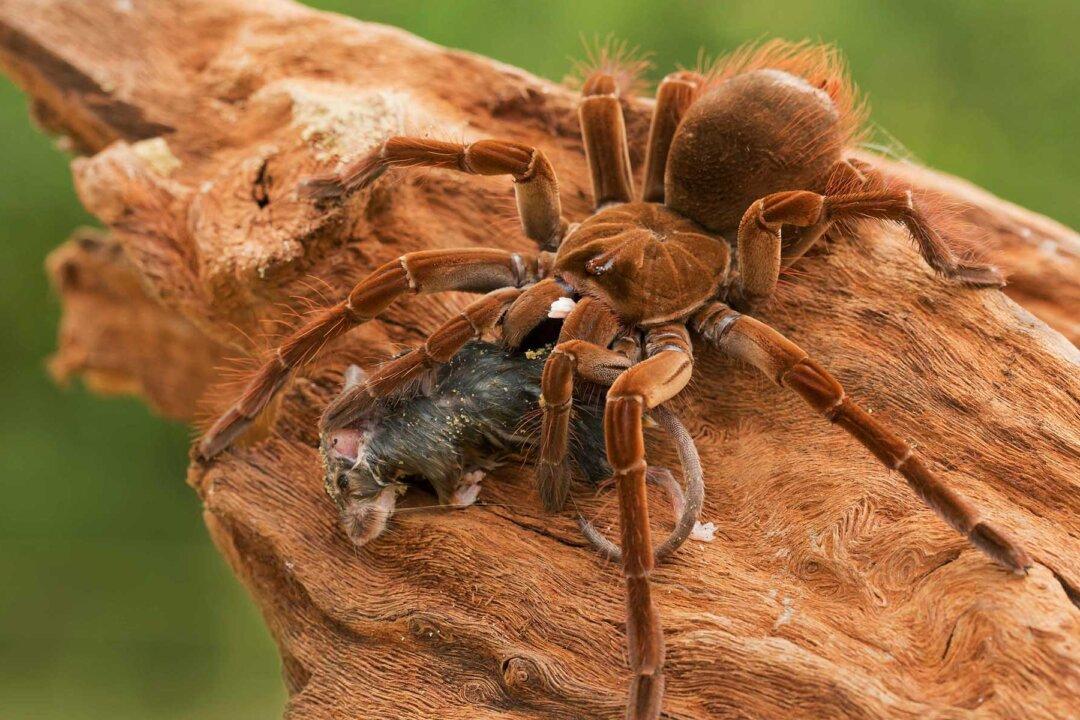Arachnophobia is the (perfectly rational) fear of spiders, and it is a very common fear for us humans to have. It’s believed that a fear of snakes and spiders is a deeply embedded instinct to keep us alive. Now, just imagine you’re traipsing through the rainforest and come across a “monster-sized” arachnid like the Goliath birdeater!
Of course, they call it that for a reason, and it implies this is no teensy-weensy spider.





